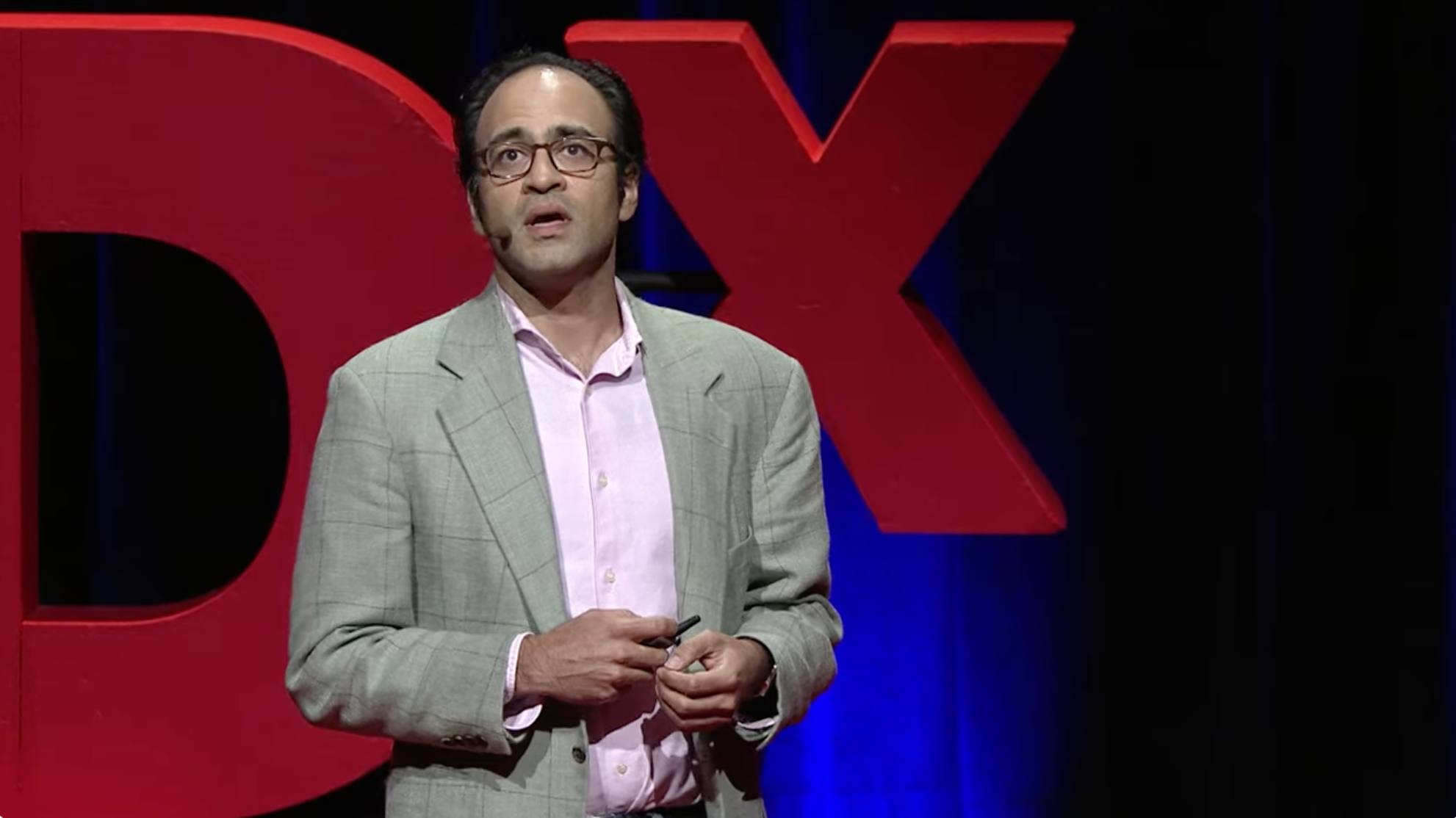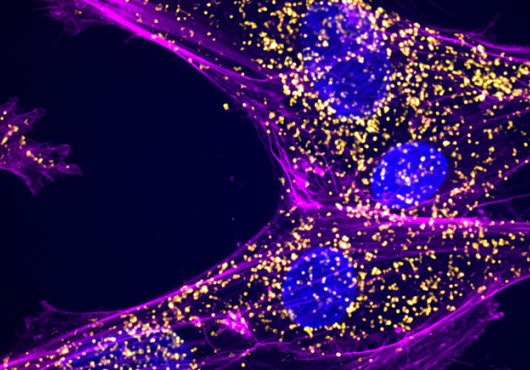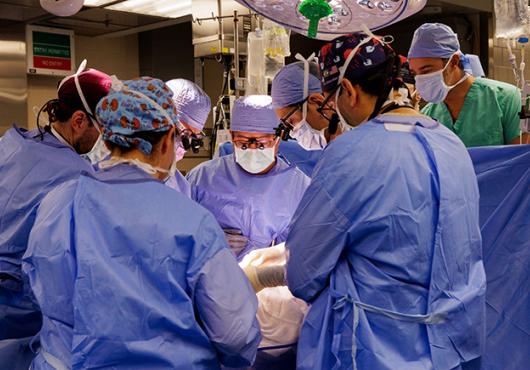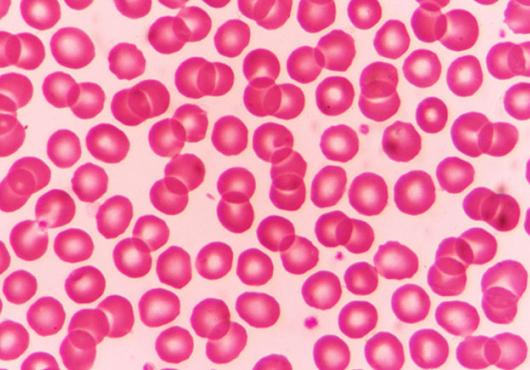
The idea that biology is not destiny is hardly new. Studies in twins have shown that even among identical pairs — those sharing 100 percent of their DNA — the same disease genes do not turn into full-blown illness in both individuals.
Most human diseases are fueled by both genetic and environmental factors. Genes account for 30 to 70 percent of the risk for developing conditions such as type 1 diabetes, hypertension, stroke, or Parkinson’s disease. The rest likely stems from external, non-biologic factors.
This poorly understood jumble of environmental variables, unique to each one of us, forms our individual exposomes.
Untangling these external influences and how they intersect with our genes could provide critical clues to the puzzle of complex diseases arising from the interplay between genes and environment. Such knowledge can optimize the way the way scientists forecast a patient’s disease risk and individualize treatments.
But the scope of our environmental exposures is so vast and the interactions so intricate, that to understand the human exposome scientists will increasingly need to turn to artificial intelligence for help.
“Some of our causal models of disease are failing, and there is a growing interest to understand how diseases arise so that we can develop therapies and interventions that factor environmental and behavioral sources of variation,” said exposome researcher Chirag Patel, associate professor of biomedical informatics in the Blavatnik Institute at Harvard Medical School. Patel said. “We need to evaluate AI approaches for reclassifying disease or stitching together exposure histories to piece together the causal picture.”
Case in point — Alzheimer’s disease, a highly heritable condition that tends to emerge later in life.
“This pattern implies that despite the significant role of genetics, many decades of environmental exposures also play an important role in the disease onset and progression,” said Hyun-Sik Yang, HMS assistant professor of neurology at Brigham and Women’s Hospital.
But the exact nature of the interaction between genes and environment in Alzheimer’s disease remains unclear. “It’s a complex problem, given that environmental exposure occurs many decades before the disease onset,” Yang said.
Understanding the exposome better can go a long way toward filling these knowledge gaps in Alzheimer’s risk and disease progression. Knowing a patient’s genetic and exposome profile can also inform tailored treatments. Currently, there is only one FDA-approved disease-modifying therapy, an antibody that blocks the accumulation of amyloid plaque to slow down disease progression by 25 to 30 percent, Yang said. This underscores the importance of understanding both additional biologic pathways that fuel the disease and modifiable risk factors, including the exposome.
Evolution in understanding of nature and nurture
The question of how our environment shapes us has tantalized the curiosity of scientists and philosophers since antiquity. Nearly 2,500 years ago, the Greek physician Hippocrates attempted to explain how environmental conditions affect health in his treatise “On Airs, Waters, and Places.” Aristotle and Plato famously disagreed on the role of nature versus nurture in human development.
But it was not until the mid-20th century that modern exposure research emerged in earnest with landmark studies from England linking smoking to lung cancer and levels of daily physical activity to cardiovascular risk.
Since then, science has made serious progress toward defining some of the mechanisms by which various exposures alter physiology and affect health. Studies have shown that these exposures can modify our DNA, a major driver of cancer, change the way our genes are activated or deactivated, and affect our biology in other ways.
Some attempts to capture the exposome have focused on measuring molecular changes in the blood caused by various exposures — classic epigenetics research. But exposome science should go beyond that, Patel added, because some of our most important exposures may not be readily captured in molecules floating in the blood.
So, the full story of the interplay between nature and nurture in shaping disease and health remains maddeningly elusive. Now a group of academic, government, and industry researchers are hoping to change that.
Time for the Human Exposome Project
The group, of which Patel is a member, recently convened a brainstorm to define the scope of exposomic science and thus pave the way for a study of the Human Exposome Project. Conceived in the vein of the Human Genome Project, which in 2003 generated a blueprint of human genes, the Human Exposome Project aims to discover the role of various environmental exposures in human disease and health.
In December of 2023, the group held a national workshop to clarify what exposome science is and how it can be integrated into other biomedical research.
The need for a field definition is more than an exercise in semantics, said Patel. A clear, uniform definition charts the course of study, maps the areas of interest, enumerates the disciplines involved in the research, and spells out the ultimate goals for the field.
Workshop attendees converged on three complementary definitions of “exposomics,” geared toward a different set of experts.
- The study of the integrated compilation of all physical, chemical, biological, and psychosocial influences that impact biology.
- The study of the comprehensive and cumulative effects of physical, chemical, biological, and psychosocial mediators that impact biological systems by integrating data from a variety of interdisciplinary methodologies and streams to enable discovery-based analyses of environmental influences on health.
- A transdisciplinary field aimed at discovery-based understanding of how the exposome influences biology and health.
As a biomedical informatics expert, Patel favors the second definition.






